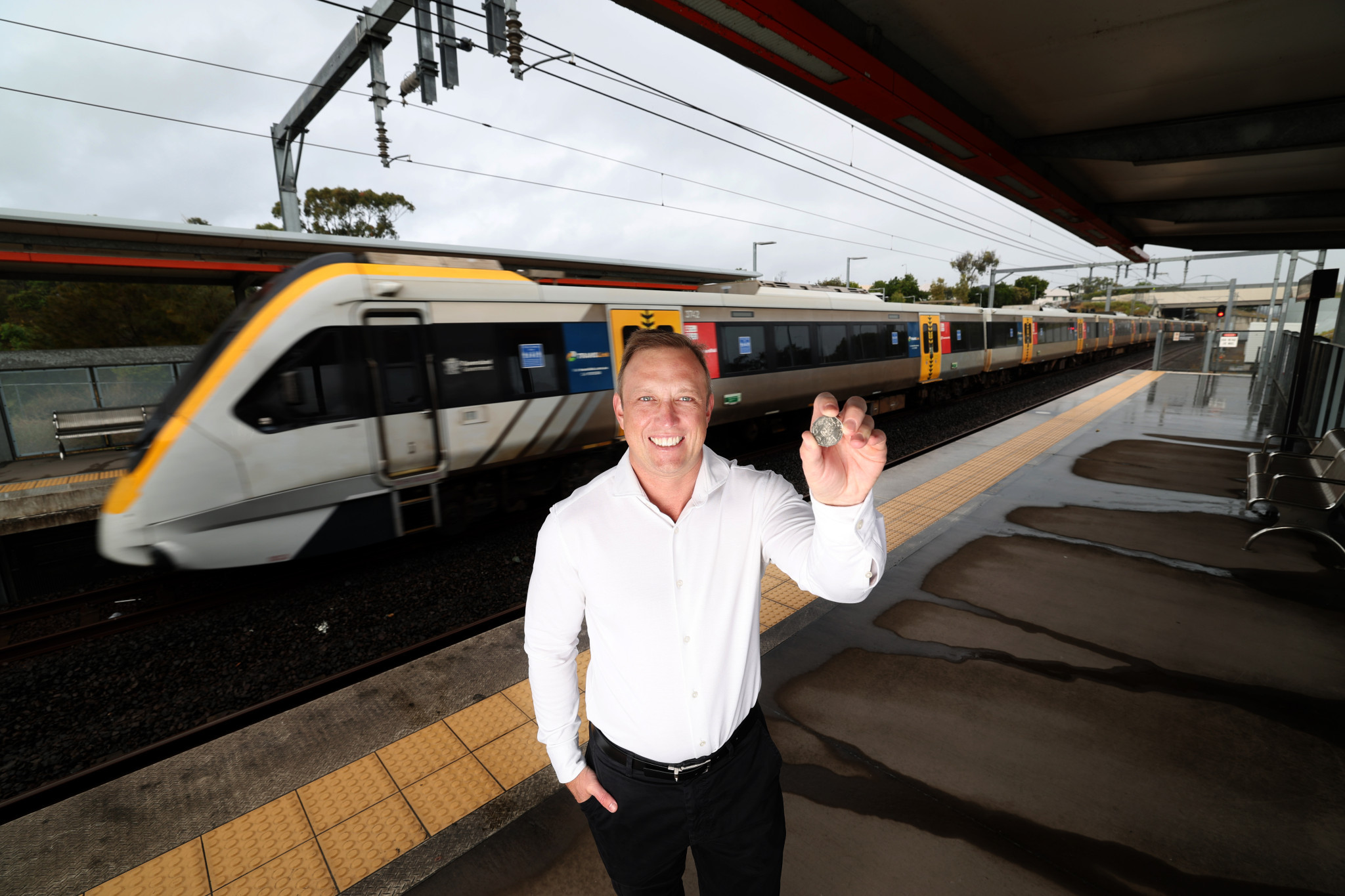News
29 May, 2024
50c public transport
Motoring body RACQ has welcomed the state Government’s move to cut public transport fares, but is urging the government to focus on long-term solutions to increase public transport patronage and ease congestion.

From August 5, the cost of all Translink public transport services will be slashed to 50 cents, no matter where you live or how far you travel.
Premier Steven Miles announced the policy initiative last Sunday.
“For someone catching the train to work in Brisbane from here in Mango Hill it costs up to $96 a week. And if you drive to work, you’re stuck in peak hour traffic every day and paying a lot more than that,” he said.
“Significantly reducing the cost barrier to public transport will encourage more people to leave the car at home, leading to a reduction in road congestion.” Mr Miles said a single bus takes 50 cars off the road and a train takes 600 cars off the road.
RACQ Managing Director and CEO, David Carter, said the announcement was a short-term step in the right direction.
“This will quickly address one of the top three issues our members raise with us about public transport which are cost, accessibility and convenience. We know members are seeking cost-of-living relief when it comes to transport, and 50-cent fares provides that to those who can access good public transport,” he said.
Mr Carter said all levels of Government still have work to do to deliver a long-term solution that encourages more Queenslanders to leave the car at home.
“Of the four biggest capital cities, Brisbane has the lowest public transport use which has never returned to pre-Covid levels.
We need to do whatever we can to bring South East Queensland public transport use to the same levels as other capital cities and we need the Government to plan and build a system that more Queenslanders are able and want to use for the long-term future.”
RACQ said it would closely monitor the effectiveness of this initiative in relieving congestion and changing public transport patronage.
Six months of data will help shape decision making on public transport fare and service improvements

